By now, if you’ve left your house much during the pandemic, you’ve likely seen it: masks, in the wild, littering sidewalks and streets, in parking lots, and yards. Just like every other kind of trash to be discarded, many people seem to see no problem with discarding their used masks wherever they happen to be, whether it’s dropping it as they walk from store to home, or tossing it out a car window while they drive.
Whether it’s paper surgical masks or filtering but disposable N95s, these masks simply aren’t that disposable. They’re “disposable” in that they’re not meant to be washed and re-used. They’re not, in any way, designed to be discarded, at least not in general.
You can bet that those masks you’re seeing on the street will be there for weeks, months, and possibly even years later (if they aren’t picked up and properly disposed of).
What, though, is proper disposal? Putting those masks in the trash and sending them to a local landfill isn’t necessarily any better. It just moves the problem from spreading out throughout the city to concentrated on particular landfills. Landfills that, if we’re being honest, have a lot of problems of their own.
We’re not the only ones to confront this problem, of course. Via the BBC, we as a society around the world are using 129 billion masks and 65 billion gloves every month, and many of those disposable items are ending up in rivers, lakes, and the ocean, where they can cause a ton of problems.
Proper Mask Disposal
It’s only been a mere few months since the pandemic began and mask usage skyrocketed, and already these discarded masks are everywhere. Education on how to deal with these masks is already slim, so how do you deal with them properly?
Unfortunately, even literature from medical sources like the WHO doesn’t seem to acknowledge that these disposable masks don’t disappear once they’re discarded. PDFs like this one are more concerned about wearing and removing masks properly, not about what happens to the mask after it is discarded. They tell you to bin it, but where does it go from there?
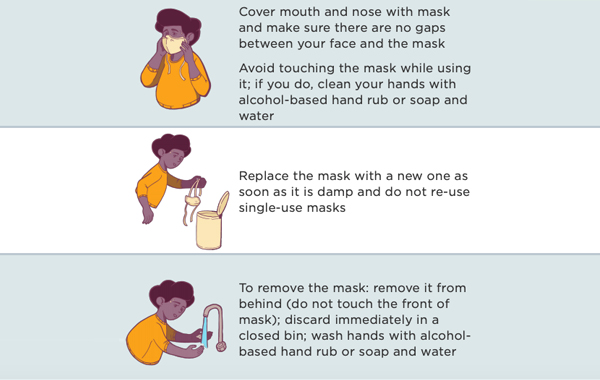
Simply throwing them in the trash is one option, of course. Obviously, you should never simply discard a used mask on the side of the road, out the window of a car, or otherwise as a form of littering. Some people simply don’t care about the environment and will do whatever they want, but the discarded masks are not just litter, they’re a potential health hazard. No one knows for sure just how long a mask can remain infectious without proper cleaning or sterilization, which they obviously don’t get when they’re left on a sidewalk.
Wrapping the mask tightly, putting it in a plastic bag, and discarding it with other household trash is about the best most Americans will be able to do. The country doesn’t have any sort of dedicated household medical waste disposal; that’s something only healthcare facilities are really able to access.
The advice in India, for masks that are discarded in general waste, is to sterilize them in a bleach or sodium hypochlorite solution before then discarding them. With this level of sterilization, the masks will at least not be a health hazard, though that does nothing to alleviate the environmental impact of discarding billions of masks around the world.
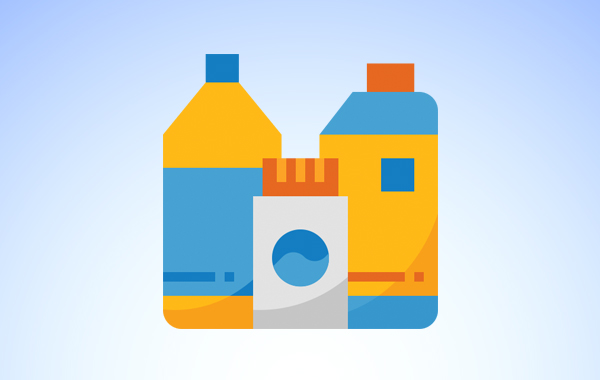
If you can access medical waste disposal, that’s likely your best option. Medical waste companies handle all manner of infectious and dangerous waste, from used hospital gowns to blood-soaked bedsheets and everything in between.
Some of that medical waste is treated chemically or with high pressure, high heat steam in an autoclave, to destroy any biological contamination or infectious substances that contaminate it. Only some medical items, such as scalpels, are sterilized for re-use. Most are either sterilized and then recycled, or sterilized and then sent to a landfill as no longer infectious, simply solid waste.
Any other kind of medical waste is simply incinerated. A very high combustion furnace is used to burn not just the waste itself, but the byproducts of the burning, until very little remains. Of course, burning man-made materials has its own environmental impact, and besides, accessing a commercial-level incinerator isn’t something most people can do either.
Overall, the main thing you want to avoid is littering. Dropping masks in a parking lot after shopping, tossing them out of a car window after work, dropping them as you walk from place to place, or simply leaving them around town is a dangerous idea. Not only does it have the environmental impact of hurting wildlife that doesn’t know how to handle it, but it can also be a potential contamination hazard.
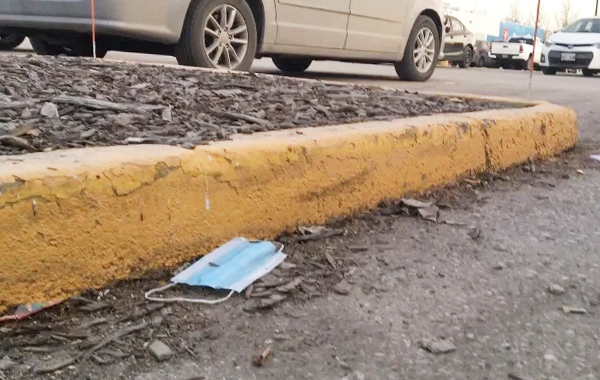
After all, what do you think happens to those masks? They don’t degrade or disappear. At best, a store worker or custodian picks them up to discard them, and that worker is likely not trained on handling medical waste. If your mask is contaminated, and a worker picks it up to discard it, it can be contaminated as well. If they don’t know how to handle it, they can end up infected, and spread the infection throughout their workplace before anyone knows better.
The best thing to do with a discarded mask is to hand it over to a medical waste company. You’ll likely need to obtain a biohazard bag to hand it over, and you might not be able to have it picked up – it may need to be brought to the company or to a designated drop-off point – but they will be able to best dispose of it, through incineration or sterilization before sending the remains off to a landfill.
There are also some companies that specialize in incineration for other purposes. The “waste to energy” service sector exists to burn waste items and use the heat from that combustion to fuel generators and produce energy. Masks and filters that are disposed of in this manner can at the very least be turned to good use as fuel for energy generation. Again, though, you’ll need to make sure that there’s some kind of company nearby that can handle masks safely and dispose of them without undue hardship or contamination risk.
If all else fails, the most important thing to do is wrap up the mask so the contaminated surface isn’t exposed, wrap that bound mask in another bag or wrapper, and discard with the rest of your trash. It’s not entirely safe, but then again, neither is most of your average household waste.
Try a Different Mask Style
Unfortunately, there’s simply no infrastructure in place for the average person to discard masks in a way that has zero impact on the environment. Sooner or later, discarded masks will either end up in a landfill or an incinerator. The best solution is to avoid disposable masks entirely.
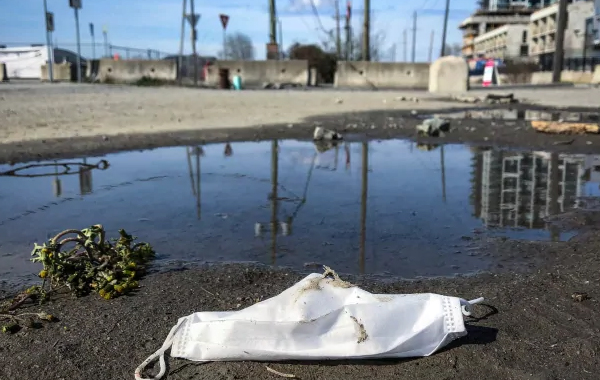
Ongoing research into the way the current pandemic spreads indicates that you don’t really need a full filtering N95 or equivalent to be safer. Masks are useful not only for their filtering properties, but also for their ability to act as a barrier to breath. For anyone who has the virus, whether or not they’re showing symptoms, wearing a mask helps prevent the spread of the virus to other people nearby. For those people nearby, wearing a mask will help a bit as well. Your average person isn’t going to be wearing a full head-covering, skin-sealing, total protection equipment that you would see in a hospital or containment zone.
Eco-Friendly Options
You have a variety of options if you want to lessen your environmental impact while still keeping yourself and those around you safer.
First, you can look into biodegradable masks. Some companies are researching and developing these masks now, though they may not be widely available just yet. These sorts of masks are made out of natural wood fibers, as an example. They should, of course, still be handled properly and disposed of safely, but if they do make their way into the environment, they will degrade in a matter of months or years, rather than decades or centuries.
Though this is a good option, it’s not broadly available yet, so you might want to look into other options.
A second possibility is to use a cloth mask. Cloth face coverings serve as a minor physical barrier and do a lot to slow the spread of COVID-19, though many aren’t filtering or sealing, so they aren’t necessarily protective against everything, and they’ll only do the bare minimum against other sorts of hazards, like smoke. If you want more protection, you can opt for a cloth mask with a filter, like the MyAir.

The primary benefit of a cloth mask is that it can simply be washed and used again, over and over, for as long as the cloth or elastic holds up. Washing them with antibacterial soap will do the trick, whether it’s a cycle through the washing machine or hand washing and air-drying.
For environmental concerns, switching from disposable masks to reusable cloth masks is the biggest jump you can make. Every time you re-use a cloth mask, that’s one disposable mask that isn’t making its way into a landfill or the ocean.
For personal protection, non-filtering cloth masks aren’t all that much better than paper masks, and they’re worse than face-sealing, filtering masks and respirators, but they’re much, much better than nothing.
The third possibility is a filtering mask, specifically one that has replaceable filters. Cloth masks with replaceable filters or more robust masks with filter cartridges both fall into this category, because they’re masks that filter the air, and the filters need to be periodically replaced.
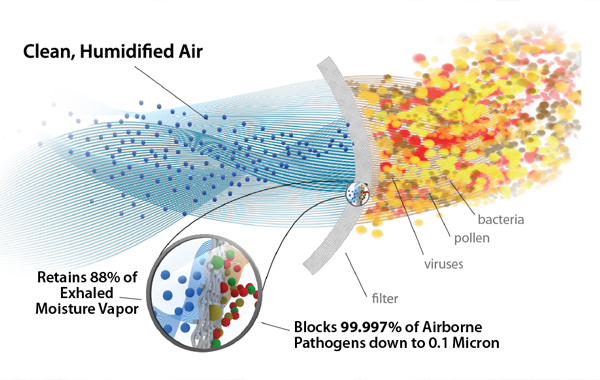
As you use a filtering mask, the filter gradually fills up with particulate material. This material is largely invisible unless you’re, say, in a wildfire area and can see the smog and haze from the smoke. For typical day to day use, everything from pollen and dust to tiny droplets of moisture that carry bacteria and viruses will get caught in the filter. Different filters have different levels of filtration and can filter smaller particles.
Over time – whether it’s a few hours or a few days of use – the filter will clog up. Every mask has a different lifespan for its filter, and once that lifespan is up, the filter should be replaced.
What happens if you don’t replace the filter? Well, primarily, it will just get harder and harder to breathe. With more particulate clogging the filter, it’s harder to pass air through it. It’s the same reason you need to clean the filter on your air conditioner or furnace regularly. Over time, they just stop working.
This can lead to a similar problem as disposable masks, however, in that these filters that need to be disposed of, which means they can end up in landfills. The difference, though, is these filters are much higher quality than the disposable masks and last much longer, and there is less material being disposed of. There are also filters that can be cleaned and re-used, which means there is no waste at all. They are among the most eco-friendly options.
Some companies and some municipalities offer mask filter recycling as well. They might have restrictions on the kind of filters or the brands involved, and many of these companies have shut down due to the pandemic and the risk to their workers, so make sure to do your research before attempting to ship used mask filters. Recycling companies often treat masks as contaminated by things like sawdust, not by disease, so they aren’t set up to handle medical waste.
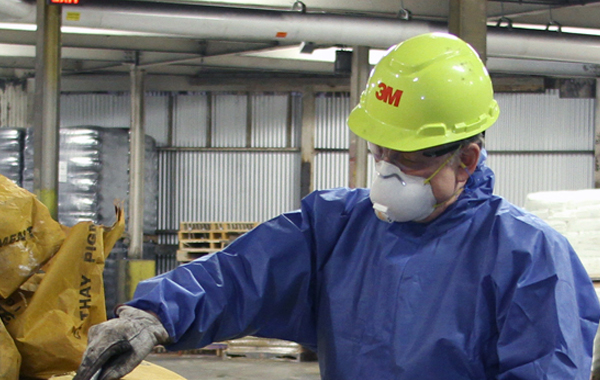
Likewise, you may be able to find a medical waste processing company that can accept the delivery of used mask filters. This can be done with disposable masks, too, it’s simply rare enough that it’s hard to recommend. There might not be anywhere near your city or place of residence that is set up to handle that kind of medical waste.
At the very least, with masks that have disposable filters, the rest of the mask can be sterilized and re-used. Simply washing them (in the case of cloth masks) or wiping them down with soap or bleach (in the case of plastic/rubber masks) is enough to keep them safe for another use.
Regardless of what type of mask you use, with billions of disposable masks being consumed every month, trying to minimize environmental impact is an admirable goal. Every little bit you can do will help, especially if you inform your friends and family of their environmental impact.
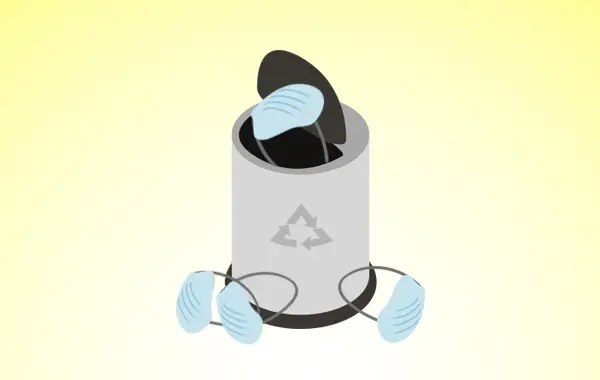

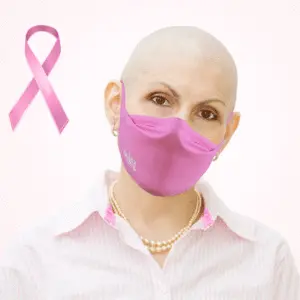

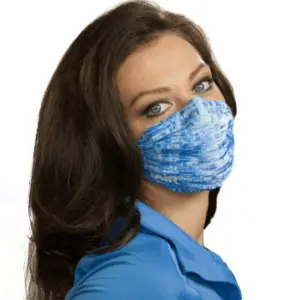

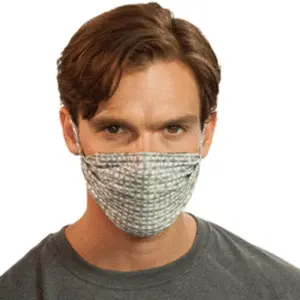

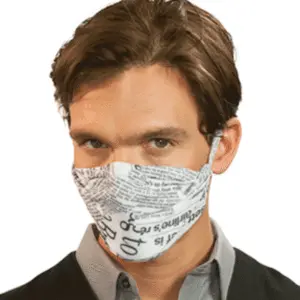



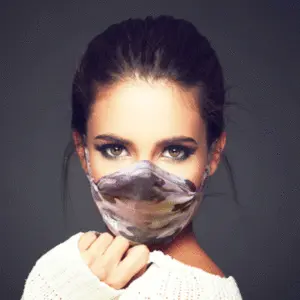
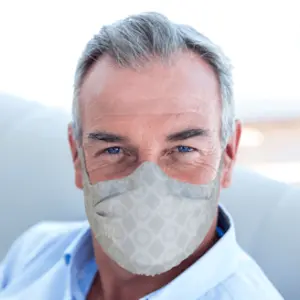




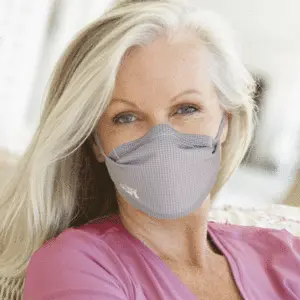

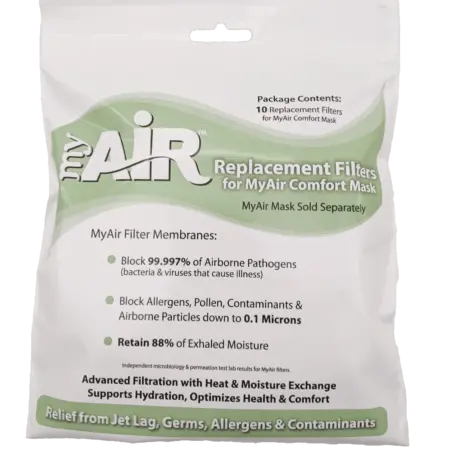
0 Comments